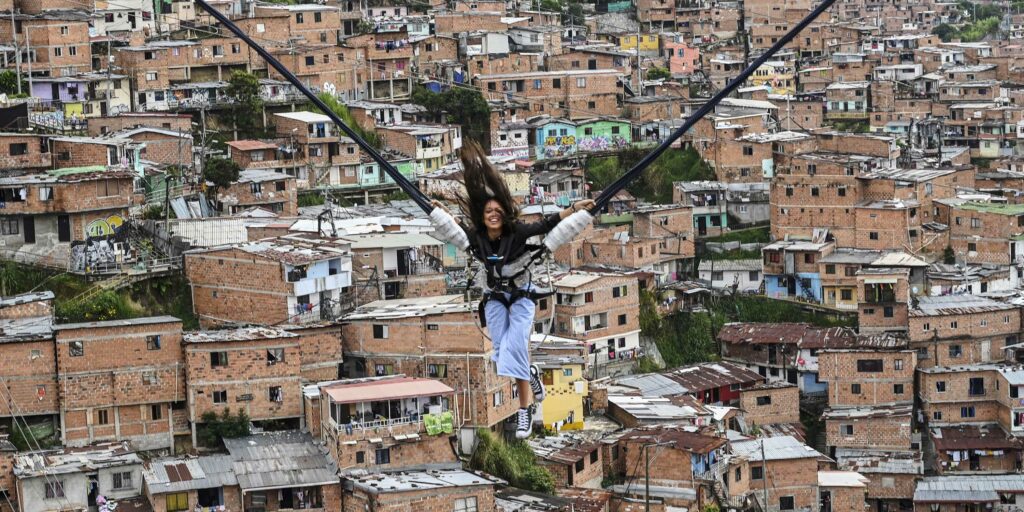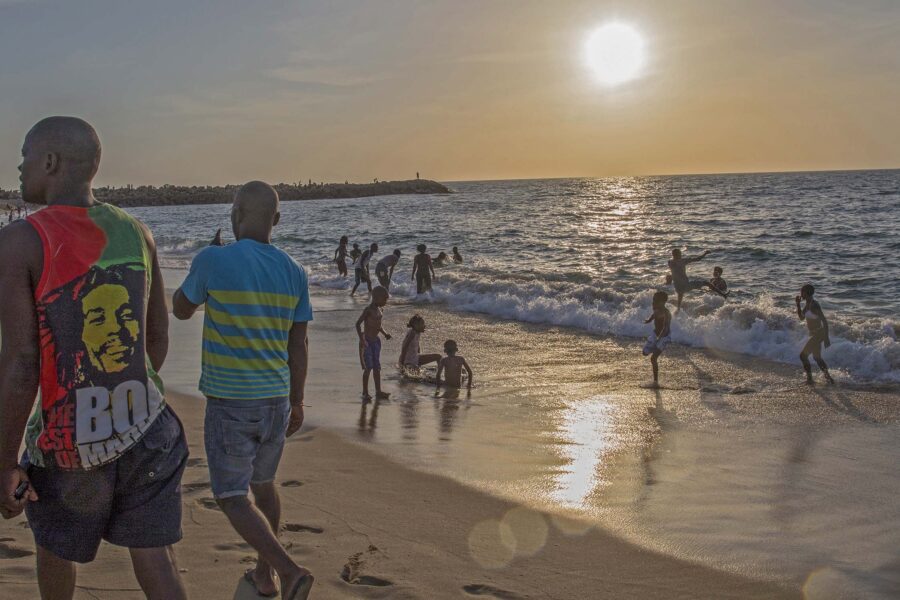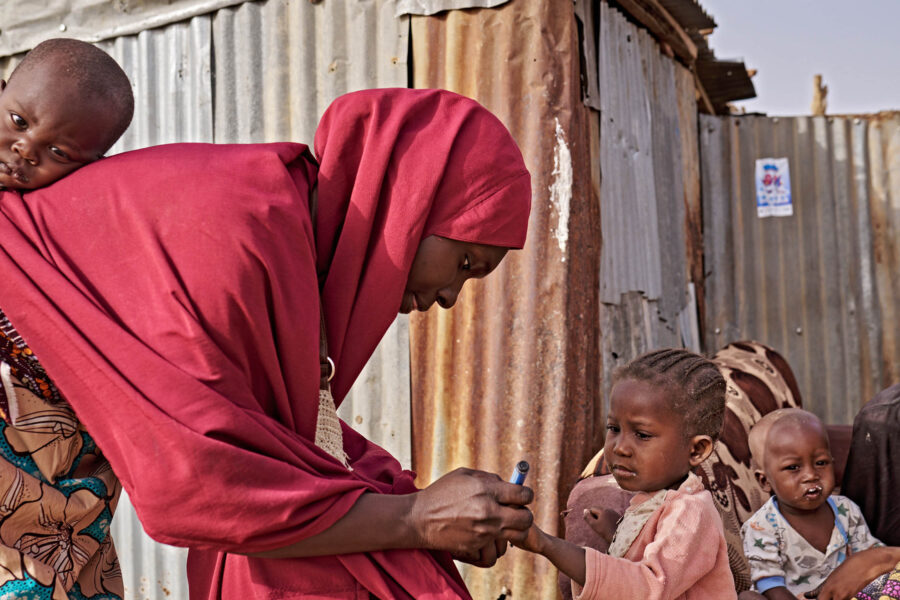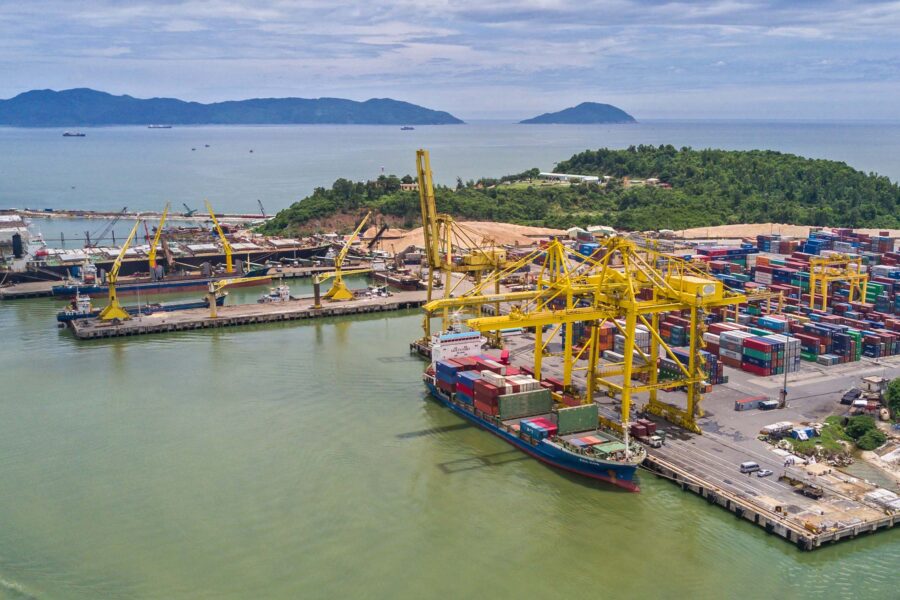Reversing the destructive forces of inequality
COVID has exacerbated already deep inequalities between rich and poor.
If left unchecked, the forces creating inequality will become even more
destructive as the climate crisis starts to bite, threatening all of Agenda 2030. The world must urgently redouble efforts to reverse these trends
Economic development — Global

The world is well into its third year of grappling with COVID-19, and more than 15 million people have died as a result. The set of goals agreed upon by all 193 Member States of the UN in 2015, the Sustainable Development Goals (SDGs), are nearly at their halfway point. We have just eight years to achieve an ambitious vision of economic, social, and environmental sustainability. With so many lives lost, and so many others struggling with sickness, lost work, and navigating overburdened healthcare and assistance systems, essential progress toward a better world has not only stalled, but in some cases reversed.
Through the pandemic, inequality was highlighted, heightened, and exploited. The World Bank estimates that an additional 75 to 95 million people moved into extreme poverty over the course of the pandemic, the equivalent of the entire population of Germany or Turkey. SDSN’s annual Sustainable Development Report highlights that for the second year in a row SDG progress went down. Progress on ending poverty (SDG 1) and creating decent work (SDG 8) has not yet rebounded to pre-2019 levels, which themselves were improving too slowly to reach the 2030 targets.
Not all communities were shielded equally from coronavirus, heightening inequality through disparate COVID exposure and death. Official reports show that more people, in raw and relative numbers, died in high and upper-middle-income countries. However, research from the US and UK suggests that it was the poor in these higher-income countries that were more likely to die from COVID. For example, a recent SDSN collaboration with the Poor People’s Campaign showed that in the US, the death rates from COVID were at least two times as high in poor counties than in rich ones. Other research in the US has shown that those in frontline or essential work, like line cooks, restaurant workers, construction workers, and teachers, were more likely to die from COVID than office workers. Global research has shown that access to vaccines has also been structured unequally, with rich countries wasting millions of doses of vaccines, while less than 20% of people in low-income countries have received even one dose of a vaccine. The inability to access this essential piece of COVID mitigation leaves those in poorer countries more vulnerable to the worst impacts of COVID, intensifying existing inequality.
These inequalities became more visible during the pandemic, were deepened by the policy response to it, and were exploited by individuals and institutions. Over the pandemic period the number of people living in extreme poverty increased at the same time that the most wealthy expanded their wealth. An Oxfam report released in January of 2022 highlighted that the wealthiest 10 men doubled their income over the first two years of the pandemic, adding USD 1.3 billion a day to their personal wealth, in addition to the fact that “a new billionaire is created every 26 hours, as inequality contributes to the death of one person every four seconds.” Communities that were less protected from COVID have had to bear the disproportionate burden of grief, and are less able to recover economically between waves of COVID, while those who were most protected are profiting wildly.
To solve this, we must first understand that inequality isn’t just an outcome of an unjust world. Inequality is a foundational value of our social and economic systems that have decimated cultures, communities, and the living world. The worldview that some deserve more dignity than others – that inequality is desirable – has animated the worst impulses in our history, from oligarchies to colonialization, from vaccine policy to human trafficking. Inequality has been actively pursued and justified through the lies of racism, ableism, misogyny, and more. The preference for inequality has led to the redefining of the relationship between humans and other living things, from one of respect and collaboration, to one of extraction.
As a first step, in the words of António Guterres, “we must go into emergency mode to reform global finance.” As outlined in the recent SDSN Sustainable Development Report, we must significantly increase fiscal space in low-income economies, expanding financing by approximately USD 1 trillion, or just 1% to 2% of gross world product (GWP). A separate but similar need is for economies and states that have extracted resources from other countries through colonialism and war, or who have engaged in human trafficking and forced labor through enslavement, to move back into the right relationship with those states and communities. Vast wealth and inequality were developed through the investment of ill-gotten resources, and these wrongs must be faced if we hope to live a better way.
Although this would be a start, it would not be enough. The same approach that treated humans as raw materials created devastating environmental consequences. Taily Terena, of the Terena indigenous peoples of Brazil, highlights: “Colonialism caused climate change. Our rights and traditional knowledge are the solution.” Protecting indigenous sovereignty is an essential piece of addressing inequality and stopping climate change, as are concrete actions to address consumption and pollution. High-income countries have contributed the most, historically, to CO2 emissions, and are among the highest current emitters both in total CO2 and in CO2 per capita. SDSN’s Global Common Stewardship Index and other spillover work has shown that high-income countries’ consumption creates negative externalities on lower-income countries, in essence exporting negative environmental impacts to poorer countries, exacerbating inequality.
The consequences have thus far been most stark for low-income countries, small island developing states, and low-income residents of high-income countries. For example, global hunger is on the rise, due to, among other things, conflict, COVID, and the impacts of climate change. The World Food Program warned earlier this month that nearly 10% of the world population is hungry, and the number of people facing acute food insecurity has doubled since 2019, with global populations the size of Russia and Japan combined facing acute hunger in 2022. If high-income countries don’t find ways to drastically reduce their negative climate impacts, the biggest impacts will be on the poor, which will only worsen already deeply entrenched inequalities.
The inequalities at the macro level are replicated in almost every subnational and subregional system. Essential for closing gaps will be universal access to healthcare, education, electricity, internet, and other social protections. Those living in remote areas, or away from central cities, often have even less access to essential services, so geographical attention must also be paid.
Without significant pressure to change, many of us resist it. The same is true for systems and structures. Relearning interdependence and building relationships help create the pressure for that change. Ruth Wilson Gilmore teaches about “building life-affirming institutions.” Creating spaces and opportunities for people to organize and practise new ways of being can also generate that pressure. These collective responses will be essential in addressing the inequality that underpins the deadly systems we have created.
It has been said that the SDGs represent a vision of the world we all want. To achieve them, we must work to end inequality as both an aim in itself, and through all efforts of environmental, social, and economic innovation. If we don’t, we will simply continue to recreate in new forms the systems that have destroyed the natural world and our communities worldwide.





